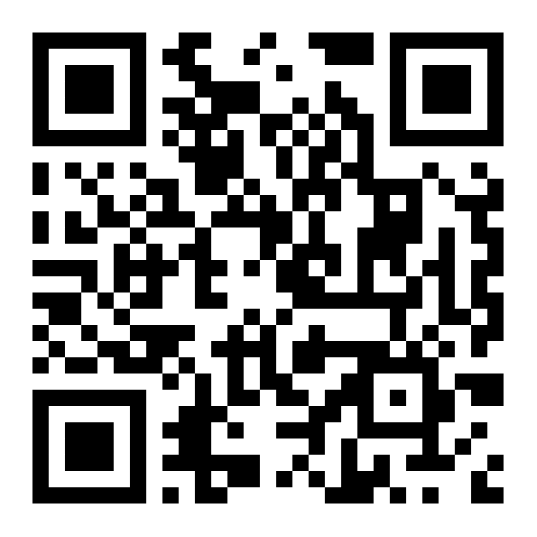Leaven

THE LEAVEN
The Leaven is a non-profit organization founded in 2005 with ten locations across Northern and Southern California. Their focus is on providing after-school tutoring and summer enrichment programs for at-risk children. They also provide health and wellness programs, financial literacy classes for families, and neighborhood revitalization programs for communities.
The organization sets itself apart from other groups by taking a holistic approach to helping communities. The Leaven partners with local businesses, police and fire departments, government agencies, school administrators and teachers, church groups, and concerned neighbors, to deliver programs tailored around each area’s needs.
With the variety of stakeholders involved in the non-profit, having an Inventory System was essential for keeping operations from stalling.
THE CHALLENGE
Accountability and transparency are concerns with any non-profit. According to Mark Lillis, Executive Director of the Leaven, his organization received three to five requests per week from donors asking where their donations were and where the money was going.
The main priority of the Leaven was ensuring all their locations were stocked with the necessary supplies and equipment to assist their communities. Lillis mentioned that before ASAP Systems Inventory System, his organization didn’t have an inventory system. Retrieving records and supplies involved assigning administrative teams to dig through storage boxes until they found the right items.
An Effective Inventory System
Lillis mentioned that managing classroom supplies was one of the reasons The Leaven needed a barcode-based Inventory System. Lillis went on to say, “on average we receive about three to four inquiries from donors per week.” Partnerships with various stakeholders such as government agencies, religious organizations, families, and many other groups meant that there needed to be a simple way to present the data that mattered most to each demographic.
FINDING A SYSTEM TO FIT THEIR NEEDS
As a non-profit, ease of use was one of the primary concerns the Leaven had when evaluating an Inventory System. They needed a solution powerful enough to handle inventory across multiple locations while still being simple enough to use with minimal training.
Inventory System’s mobile app-enabled staff to easily scan items using their own mobile devices. The Leaven’s primary storage facility helped to streamline the batch processing of classroom supplies in the field. In their central warehouse, The Leaven used a corded barcode scanner to rapidly track batches of supplies as they arrived.
By cutting inventory times down, Leaven Staff saved approximately $174 a month in administrative costs.
IMPLEMENTATION
ASAP Systems Inventory System ease of use enabled The Leaven to quickly implement their Inventory System from scratch. The Support team helped The Leaven through the initial setup process while helping them understand the best practices of barcode-based tracking technologies.
THE SOLUTION
To help The Leaven gain full control over their inventory, our Inventory System provided the non-profit nine mobile subscriptions along with a corded barcode scanner to help monitor inventory consumption across multiple buildings. Despite starting from scratch, Lillis mentioned that it only took one month to have his staff up and running with the system.
The Freedom To Focus On Students
Before implementing our Inventory System, taking inventory required 4-5 hours of staff time. Inventory now takes under an hour. The time savings has contributed to Leaven’s ability to improve the reading skills of 88% of students while 69% of students improved their classroom participation. ASAP Systems Inventory System helped to make this performance possible by freeing up staff time so they could focus on working with the children.
Managing Multiple Locations
Tracking inventory across one or two locations is a challenge for most non-profits. The Leaven needed to effectively manage their inventory across Northern and Southern California. The Inventory System enabled administrators to manage stock at all their buildings so that they could improve their purchasing cycles and minimize waste.


